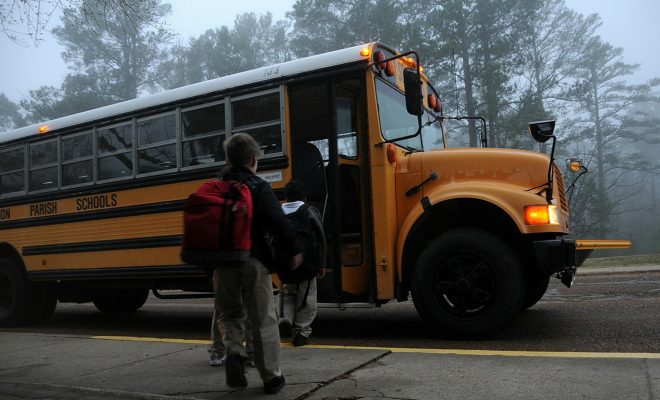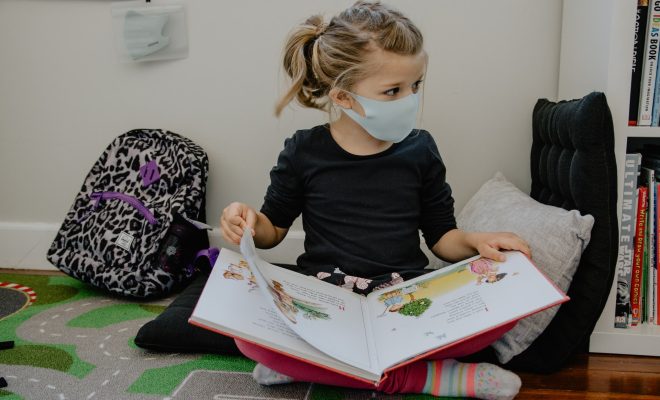The 20th Century and Education’s War on Poverty

The 20th Century was a period of massive cyclical decline and growth. The Great Depression, World War II, and the Cold War all had a huge impact on not only the morale and psychological status of the country, but also on its socioeconomic makeup.
As the 1960s dawned, the postwar prosperity had eluded a large section of the population. The President’s Council of Economic Advisors estimated that nearly 20% of the nation’s population lived in poverty in 1962. President Lyndon B. Johnson believed that the government should play a more extensive role in reducing poverty and introduced legislation to expend social welfare programs in a number of areas, including education. Federal initiatives were directed toward affordable and subsidized housing for low-income groups and improved healthcare services.
Government support became available as well as to ensure food security (through school breakfast and food stamp programs), adequate housing (housing projects), health care (Medicaid), supplemental security income, and employment insurance. It was believed that improved healthcare and housing, and the ability to be “food secure” would relieve families living in poverty of stress and increase children’s ability to learn.
Legislation to improve the everyday living circumstances of the poor only partially addressed Johnson’s War on Poverty goals. Legislation also targeted efforts to improve educational circumstances of the poor. A basic premise of the War on Poverty was that education played a major role in eliminating poverty. The Vocational Education Act of 1963 was significant legislation that provided financial assistance to vocational programs and technical trainings in high school and postsecondary institutions. The act more than quadrupled federal funds for vocational education. A supplemental vocational education legislation, the Manpower Development and Training Act, focused on providing reskilling opportunities for the unemployed.
In 1964, the federal government enacted the Economic Opportunity Act (EOA) and established the Job Corps, with the objective of training 16- to 21-year-olds in literacy and employment skills so that they would be more prepared for employment. A groundbreaking outcome of the EOA was the Head Start program, which sought to provide disadvantaged children access to education on the same terms as those from advantaged homes. Of all War on Poverty legislation, the Elementary and Secondary Education Act (ESEA) of 1965 was the most far-reaching, and has turned out to be the most longstanding.
The ESEA provided more than $1 billion of federal funds to improve education for minorities and children from low-income families. Funding was allocated for purchase of textbooks and instructional materials, libraries, research on education, supplemental education centers, and for the education departments. Title I, federal educational funding for districts with a high number of low-income students, is also a part of ESEA.
Congress passed the Higher Education Act in the same year ESEA was passed. This legislation provided funds to assist higher education institutions to improve their libraries, as well as financial assistance to students in the form of loans and scholarships. In the end, the period between 1963 and 1969, under the Johnson presidency, saw a flurry of legislation that influenced the course of education by providing massive financial assistance to elementary and secondary schools, vocational training centers, colleges, and universities.
The 21st century has continued onwards with reforms aimed at helping close the socioeconomic gaps in educational access. To learn more about where education has come from and where it’s headed, check out our other articles on the history of American academics and the state of modern schooling.





